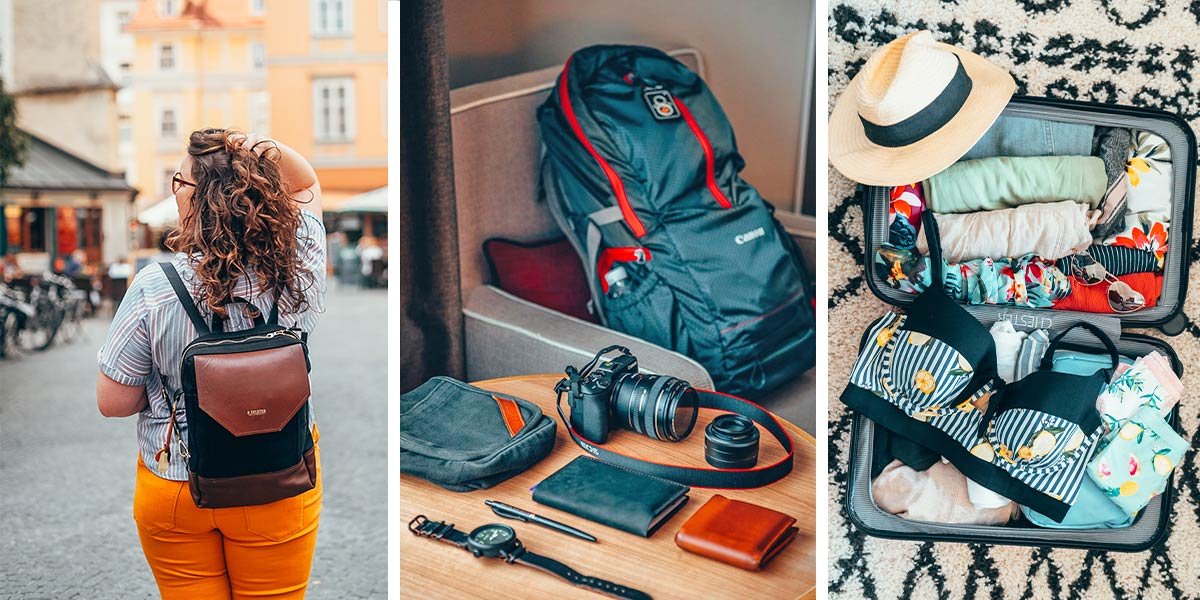Enjoy a family-friendly adventure tour tailored to your needs.
Planning a family-friendly adventure tour tailored to your needs ensures a fun and engaging experience for everyone. By customizing your itinerary to match your family’s interests and preferences, you can create memorable moments and explore exciting activities together. Here’s how to design a personalized adventure tour that caters to all ages.
1. Identify Family Interests
Start by discussing with your family to determine what types of adventures interest everyone:
- Activity Preferences: Consider what types of activities your family enjoys, such as hiking, exploring nature, visiting amusement parks, or cultural experiences.
- Age Appropriateness: Ensure the activities are suitable for all age groups within your family, including young children and teenagers.
- Special Interests: Include any specific interests or hobbies, like wildlife watching, historical sites, or water sports.
2. Choose Your Destinations
Select destinations that offer activities matching your family’s interests:
- Research Locations: Look for places known for family-friendly adventures, such as national parks, adventure parks, or historical towns.
- Destination Features: Choose destinations that provide amenities and facilities suitable for families, such as family-friendly accommodations and dining options.
- Travel Distance: Consider the travel distance and transportation options to ensure comfort and convenience for your family.

3. Plan Your Itinerary
Design a flexible itinerary that balances adventure with relaxation:
- Daily Activities: Plan a mix of activities for each day, including both adventurous and relaxing options.
- Rest Time: Include downtime in your schedule to avoid overloading your family and to allow for spontaneous fun.
- Activity Duration: Be mindful of how long each activity will take, ensuring it suits the attention spans and energy levels of all family members.
4. Prepare for Your Tour
Ensure you’re well-prepared for your family adventure:
- Packing Essentials: Pack items such as comfortable clothing, sun protection, first aid supplies, and any special gear needed for activities.
- Safety Precautions: Familiarize yourself with safety guidelines for each activity and ensure all family members are aware of them.
- Travel Documents: Gather any necessary travel documents, such as tickets, reservations, and identification.
5. Enjoy Your Adventure Tour
As you embark on your family-friendly adventure:
- Engage with Activities: Participate in activities together and encourage everyone to try new experiences.
- Capture Memories: Take photos and videos to document your family’s adventure and create lasting memories.
- Be Flexible: Stay flexible and open to changes in plans to adapt to your family’s needs and preferences.
6. Share Your Experience
After your adventure, share your family tour experience:
- Write a Blog or Review: Document your tailored adventure tour, highlighting the activities, destinations, and any tips for other families.
- Social Media: Post photos and stories about your family adventure to inspire others and share your experiences.
- Recommendations: Provide recommendations for family-friendly activities and destinations based on your journey.
7. Reflect and Plan Future Adventures
Reflect on your tour and consider future family adventures:
- Evaluate Your Itinerary: Review what worked well and what could be improved for future trips.
- Plan New Tours: Design new family-friendly adventure tours that explore different destinations or focus on new interests.
Conclusion
Enjoying a family-friendly adventure tour tailored to your needs allows you to create a customized experience that caters to your family’s interests and preferences. By carefully planning your itinerary, preparing for activities, and engaging in fun experiences together, you can create a memorable and enjoyable adventure for everyone. Happy adventuring!
















